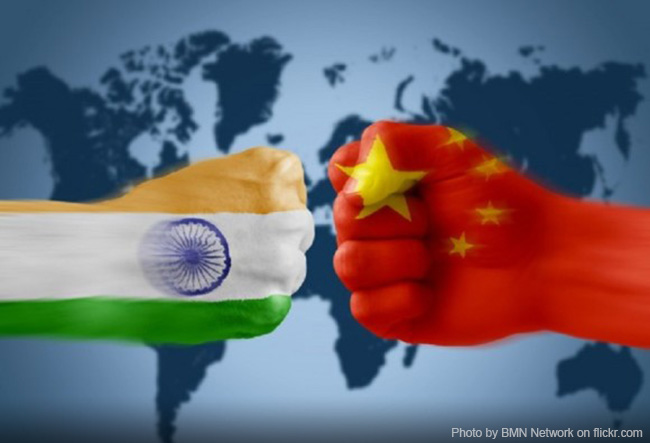Thousands of schools in New Delhi remain closed, as local hospitals try to cope with a surge in patients complaining of respiratory problems, as heavy smog continues to engulf the Indian capital.
New Delhi declared a pollution emergency last Thursday, banning trucks and halting construction activities, with little effect so far. According to reports over the weekend, the number of traffic accidents has increased sharply and local residents continue to complain about burning eyes. The severe winter smog is being blamed on vehicle exhaust, industrial emissions, agricultural burn-off, construction dust and waste incineration.
While environmental issues are common to all nations during their process of industrialization, the challenge New Delhi is now confronting is truly severe. Unlike China, which started to face the problem when it was very close to becoming an industrialized state, India is at the initial stages of its industrialization process.
The Indian government is now promoting “Make in India” in an attempt to attract foreign investment. Given the severity of pollution, New Delhi must strictly control incoming foreign enterprises that pollute and whose only goal is moving their productions lines for cheaper labor. It needs also to attract investment in green and high technologies.
In view of the country’s skill level of its workforce and the needs of its manufacturing industry, India does not have the advantage to draw such overseas investments. Without sound development of a manufacturing industry, how can the country accumulate enough funds and personnel for environmental protection, which requires demanding investments?
“If Beijing can declare a health emergency to control pollution, why can’t Delhi?” asked Indian media. China did adopt a number of measures, including reducing the country’s reliance on coal and fossil fuels and cutting the number of cars on its roadways.
In the battle against smog, the Chinese government has been playing the authoritative role of planner and coordinator while the entire society has been widely participating. Air pollution has become a common challenge for both China and India. Beijing has its own way to cope with it. New Delhi needs to find its method soon. However, the contradiction between development and environmental protection is much trickier in India than in China.
India cannot bear a slower development at the present stage, because each percentage decrease in the country’s GDP growth would mean millions of new unemployed.
Since India is a democratic nation, many Western people are paying close attention to competition in every aspect between Beijing and New Delhi. Environmental protection will be one of the focal points. Which nation will realize its goal first? Which model is more effective? Let the facts speak for themselves.
‘Courtesy Global Times’.


